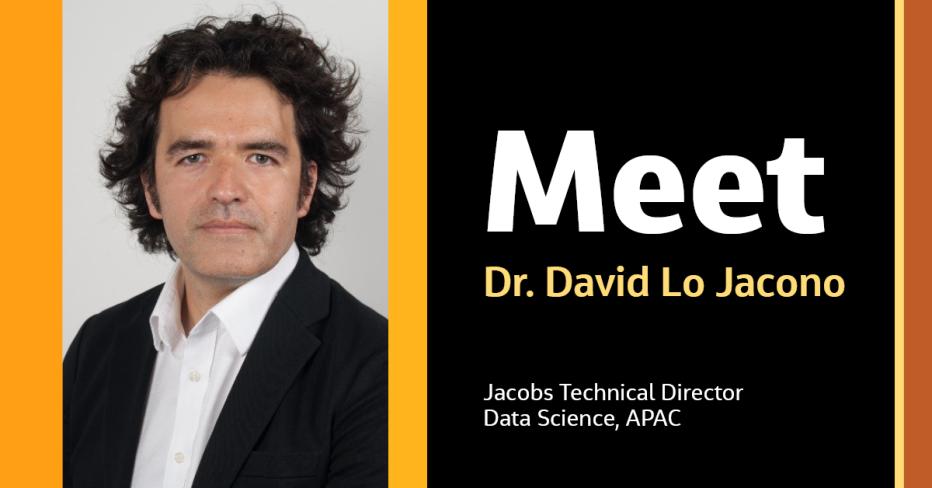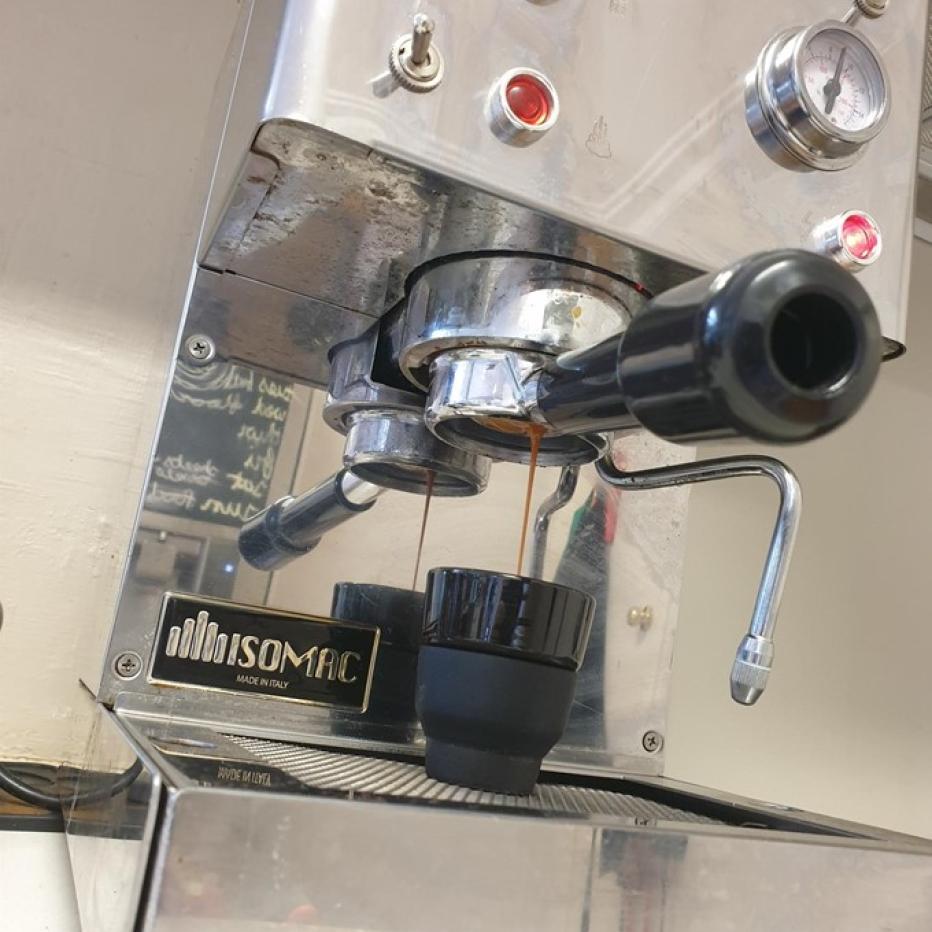
We’re living in the era of digital disruption, and we need bold digital and technology leadership now more than ever before. Leading this change demands knowledge, imagination, new thinking, an appetite to reinvent and the courage to challenge conventions.
In this series, we're celebrating our team of digital and technology experts and visionaries, spearheading the development and delivery of our technology-forward solutions for smarter working, and better living in Asia Pacific (APAC).
For this feature, we caught up with Dr. David Lo Jacono, our technical director of data science for the APAC region, to talk about the significance of data science, its convergence with other data-driven technologies, and how it helps solve complex real-world challenges in today's digital age.
Tell us about you and what excites you the most about your role.
I am the Technical Director of Data Science for the APAC region, based in Sydney, Australia, and I lead the advanced data and analytics team. I find my role exciting because I get to lead a rapidly growing and talented team, and we get to work on a wide variety of challenging interdisciplinary projects.
You have been working in the field of data science for over two decades. How did your data science journey begin?
My journey started through algorithmics (the systematic study of the design and analysis of algorithms), followed by physical modeling (solving partial differential equations). Once you are exposed to data from sensors or plan to have a surrogate (simplified) physical model, you are trapped in the fascinating world of data science- balancing physical imperatives and observed quantities. This intriguing duality has kept me interested in delving deeper into the world of data science.
I should also mention that fluid mechanics guided my journey. The incredible and fascinating patterns emerging in various flow (combustion, hydro, aero, granular, waves and others) prompted my interest in patterns and feature extractions. One observes this on surface waves and ripples, tea leaves dances, bubbles rising, cloud formations, animal motions and many more. The mathematical basis and techniques in them are very similar, if not identical, in many other domains.
Data science, artificial intelligence, and machine learning are critical enablers of data-driven digital transformation, but how are they interconnected to each other?
The convergence of these technologies gives rise to different points of view:
- Data science includes artificial intelligence, which in turn includes machine learning.
- The intersection of artificial intelligence and data science is machine learning.
There is a need for a robust definition of the terms cited above. However, as data science predates artificial intelligence and machine learning terminologies, I agree with the first interpretation.
How is Jacobs using data science to address business challenges facing our customers in today's digital age?
Data science is a multidisciplinary field, applicable across multiple domains. Today's business and societal challenges are two-fold, firstly, interdisciplinary and interconnected problems, and secondly, dealing with inconsistent yet plentiful data. At Jacobs, to address these twin challenges, our approach is to formulate the problems such that data is inherently (re-)built with physical constraints drawn from the experience of our subject matter experts.
Tell us about an exciting project you have worked on or are working on.
No single project comes to mind. Every project I have worked on had its unique complexities and associated excitement. However, I would like to cite the example of a water utility client, where finding the right solution was a challenge, although the problem was well defined. To address this, we had to concentrate our efforts around data collection. More precisely, after multiple refinements of the cleaning procedure, we managed to extract the underlying features. For me, excitement resides in following the cue(s), finding the element(s) of interest, and confirming them.
What do you think are the top three skills or traits that define data scientists?
Data science is a challenging profession that needs multiple skills. In my experience, the ideal combination is when data scientists possess engineering skills.
- Technical competency in applied mathematics and algorithms.
- Physical science or technology-savvy engineering talent who can work with constraints, mathematical modeling, and predict insights.
- An outcome-oriented mindset to define problem metrics, seek value, and possess storytelling abilities.

The Isomac Venus (2012) is nearly 10-years-old!
If you aren't in the office, what would we most likely find you doing?
Probably in the kitchen around the coffee station. I enjoy coffee from beans to extraction, so I would most likely be making coffee or tweaking (and repairing) my non-digital espresso coffee machine.
People would be surprised to know that …
Fluid mechanics (the science concerned with the movement of fluids – liquids and gases) has many applications and implications. Fluid dynamics are at play, from virus transmission to large structures undergoing sustained oscillations, hence my interest in the coffee extraction process!
What is the one thing that you like most about the field of data science?
I like the variety that comes with each project. While the approach is well understood and follows a transparent methodology, the solution is unique. The field of data science aims at efficiency while balancing expectations, technical and physical constraints.
What do you enjoy most being part of #OurJacobs family?
Jacobs is a global organization that leverages worldwide experts to address customer challenges. I enjoy this collaborative, multidisciplinary approach, and more importantly, applying data science to solve complex real-world problems.
Join #OurJacobs team
What drives you drives us as we work to build a better world – together. At Jacobs, every day is an opportunity to make the world better, more connected, more sustainable.
We’re always looking for dynamic and engaged people to join our team. Bring your passion, your ingenuity and your vision.Let’s see the impact we can create, together.














































